In October I commented on two of the best werewolf transformation scenes of all time and then broke down one of the all time great werewolf movies – The Howling. To complete my series of werewolf themed posts I would like to change media formats; from movies to books.
More to the point, and in light of this being the silly season, if you have loved one’s who enjoy a good scare then I have three must read werewolf books any one of which would make a wonderful gift. In addition, and this being the season of lists, I have ranked them in my order of preference from third to first, with this post focusing on the third of my recommendations (and follow up posts tackling my top two choices):
3.) The Howling – by Gary Brandner
First off, for those of you clicking on the link provided above note that I have chosen to include the original book cover in this post (from its publication in 1977). This decision was made for a number of reasons. Most notably it is because the werewolf pictured on the cover of the 2011 edition looks nothing like the very wolfish four-legged werewolf described in the book. In that regard I think Brandner’s publisher did his work a disservice. On the other hand I am also a traditionalist, and enjoyed the simplicity of the original cover.
With that out of the way the book’s plot is fairly conventional in terms of many of its larger points – the werewolves can only transform at night, there is a clear progression of victims, etc…But beyond that the book does a number of things well, all of which elevate it to being quite a nice read.
Two of the most important decisions made by Brandner were discussed in my previous post regarding the 1981 movie “The Howling” which otherwise has little similarity to this book. That being the sheer malevolence of the werewolves, and their communal nature. Not to gloss over these decisions as they were truly innovative for their time – but again read the other post….Go ahead, I will wait….In the meantime I will discuss several other things Brandner did that were worthy of praise.
For one he crafted a tightly written work (at 200 plus pages) that absolutely nails the right mood and tone for a werewolf novel. The town of Drago, the home of the werewolves, is about as creepy as it gets. It is a genuinely scary place that exudes evil. That is to Brandner’s credit as a writer. Striking the proper atmospherics is one of the trickier aspects of writing, and Brandner nails it. Drago is the kind of place that if you stumbled across it you would promptly roll up the windows, lock the doors, and speed on through even as you tried to shrug off the inexplicable chill running up your spine.
In addition, in a book that features an almost pornographic sex scene and features a horrible act of violence against a woman Brandner manages to create a female protagonist named “Karyn Beatty” who is brave, sympathetic, and admirable enough that one almost forgets about the otherwise more sordid aspects of his work. Had her character been written the same way for the movie that she was for the book she might have gone down as another of that era’s great fictional female champions every bit as strong as her onscreen peers Ripley (Alien) and Sarah Connor (Terminator). This is because Brandner’s Karyn suffers through a series of tragic circumstances including: a rape and miscarriage; a less than supportive slut of a husband who ends up abandoning her during her time of greatest emotional need; the loss of her dog (who can’t sympathize with that); and one closed door after another everywhere she turns for help. Yet through sheer force of will she overcomes. This strength of the book is perhaps the greatest failing of the movie version – as the film’s character Karen White (played by Dee Wallace-Stone) somehow comes across as more of a damsel in distress than a heroine.
Finally, I have to single out for special attention the book’s introduction. It is a tidy little vignette taking place hundreds of years ago in an Eastern European town named Dradja, and it is fantastic. I would rather have you read it then describe it. As much as this introduction pulls the reader in however, it leads into perhaps the book’s greatest fault. And as a side note on the book’s faults say what you want about Brandner’s decision to create werewolves that look like wolves – I prefer by far the film’s two-legged version of a werewolf – but for some reason the almost literal man into wolf somehow works here. Now back to the good stuff….
The introductory chapter setting the book’s back story was so well written, so horrifically compelling, and unfortunately brief that it left this reader wanting more. It is almost like he created an outline in that first chapter that easily could have been blown out into several large chunks inserted throughout the story; pacing the present with the past and in effect telling the twin stories of these evil towns (Dradja of the opening vignette and Drago of the novel’s main body) side by side. Yes this would have blown out the length of the book into something more Stephen Kingishly long, but in this case that wouldn’t have been a bad thing. As it was the horror in Dradja that Brandner dangles before the reader is so compelling that the rest of the book’ first act almost pales in comparison. And this is in spite of the horrific rape that otherwise dominates the first part of this work. In fact the book doesn’t really pick up again until we enter Drago, where Brandner regains his stride and carries the reader through a fast paced second and third acts.
For sure I would have loved to see Brandner follow-up and expand that opening scene into a full-blown novel or even a novella, but the book is still an enjoyable read (regrettably he passed away late last year at the age of 83). That is why I have the book “The Howling” at number three on my gift giving list for the werewolf fan. Please come back next week for my second selection.
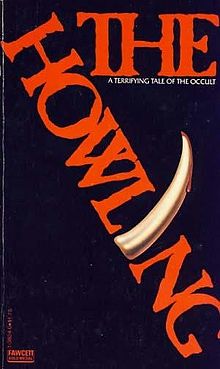
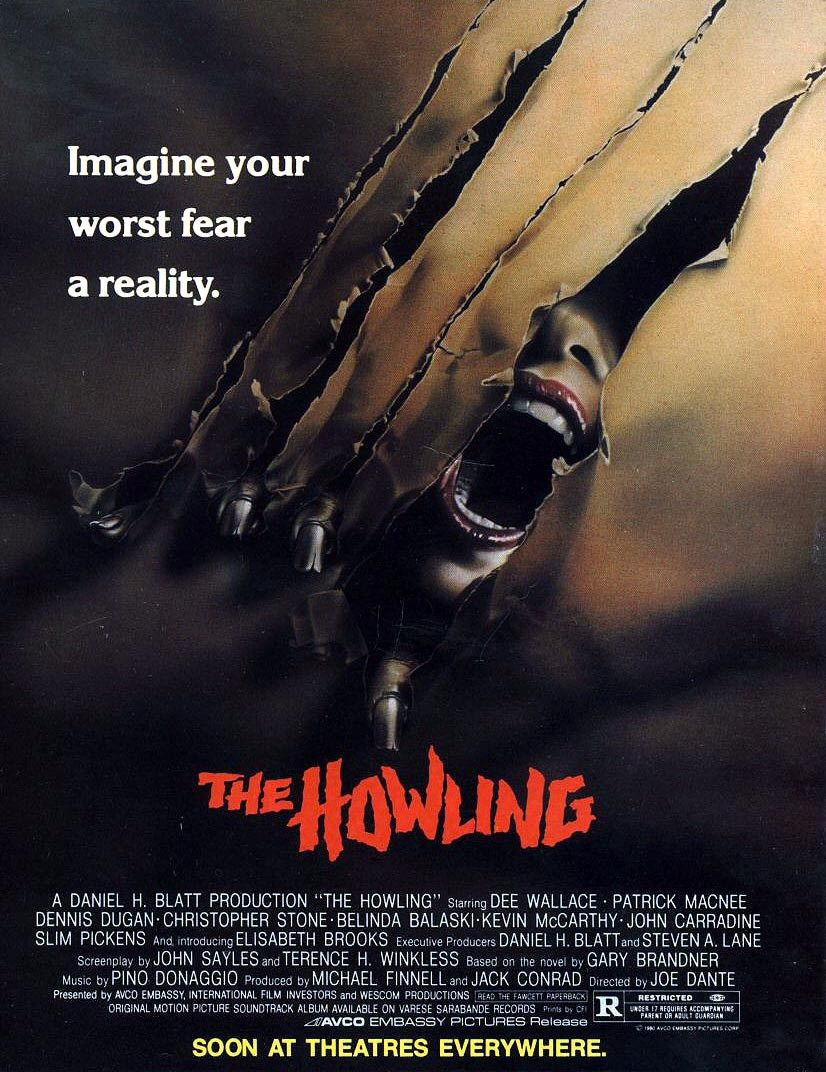
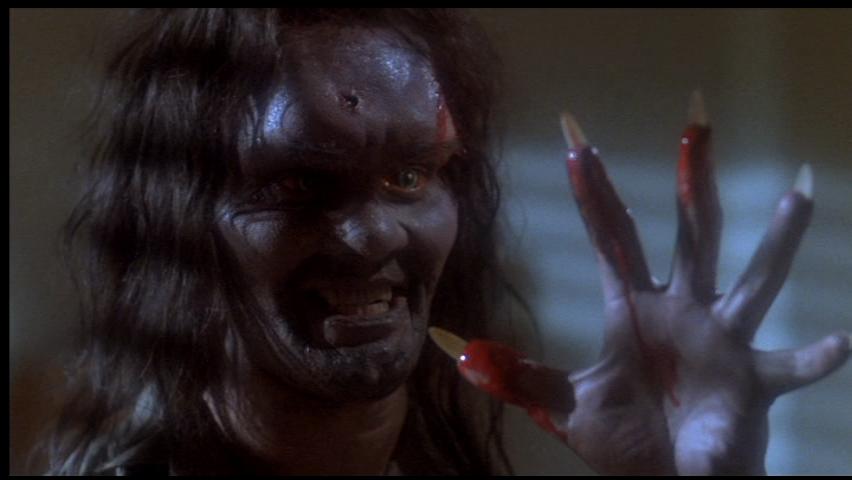
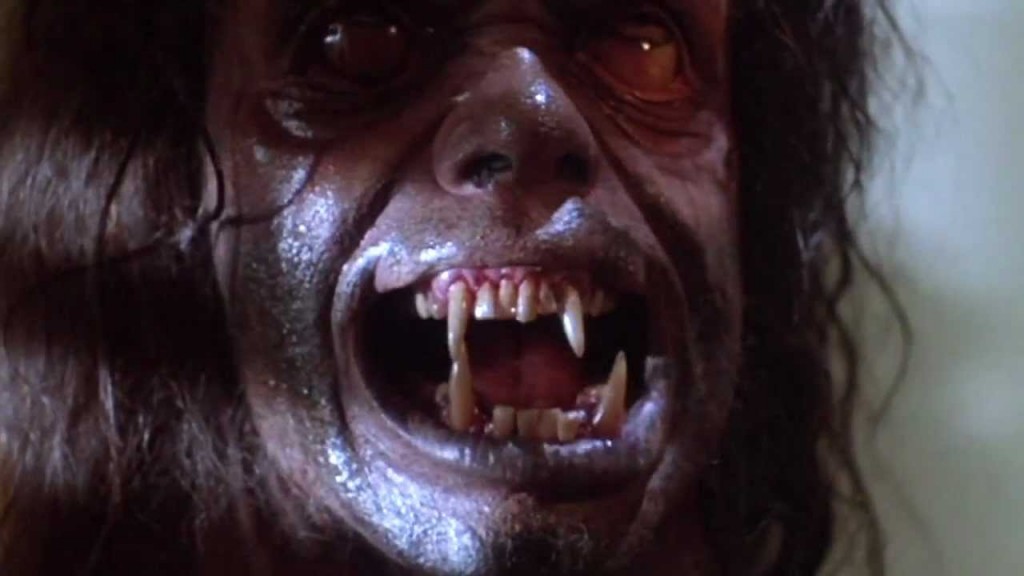
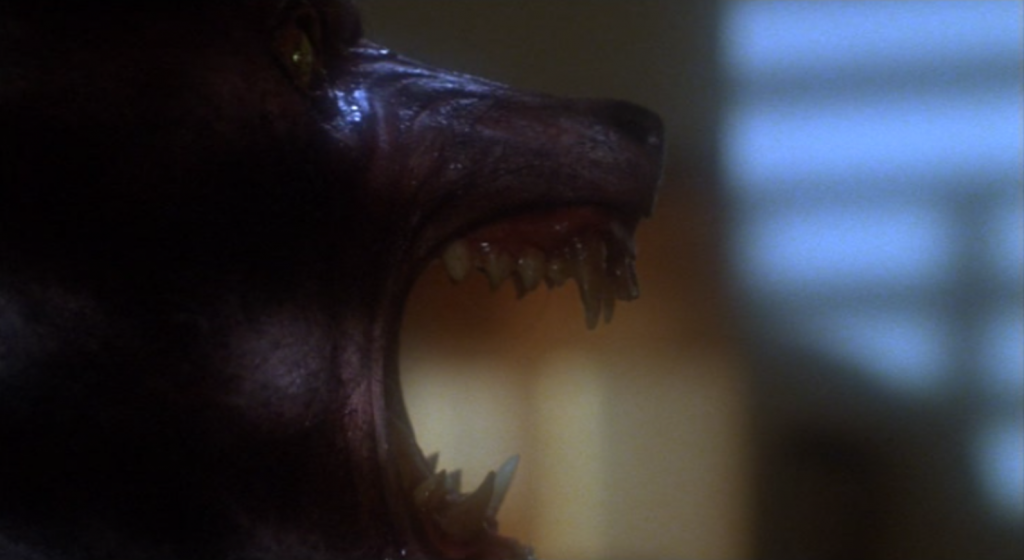
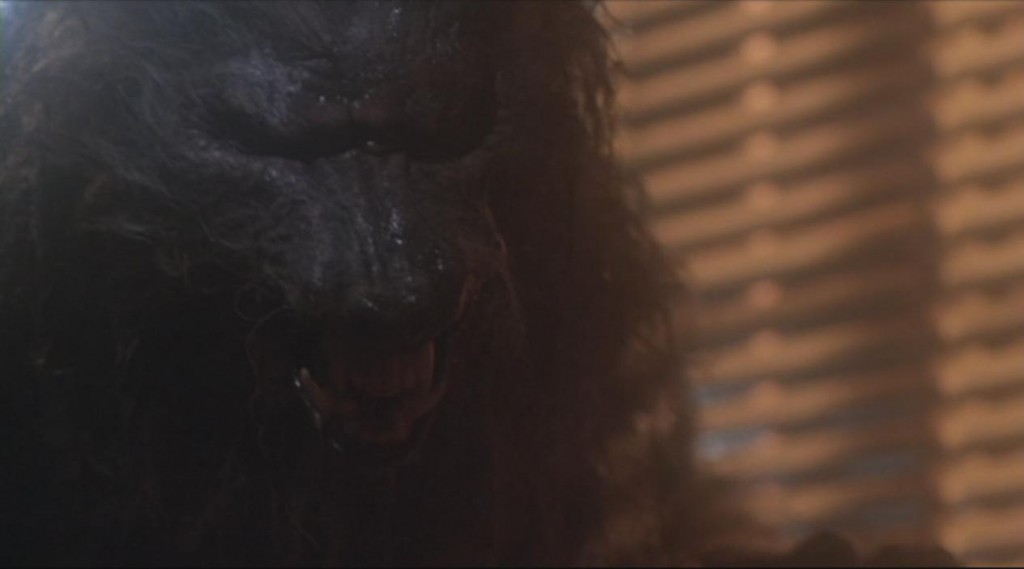
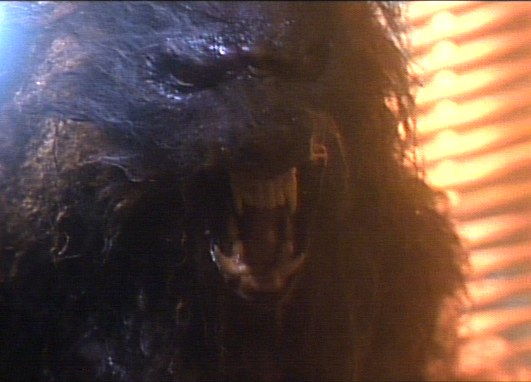
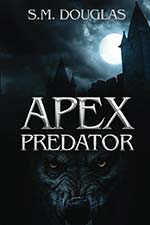
Recent Comments